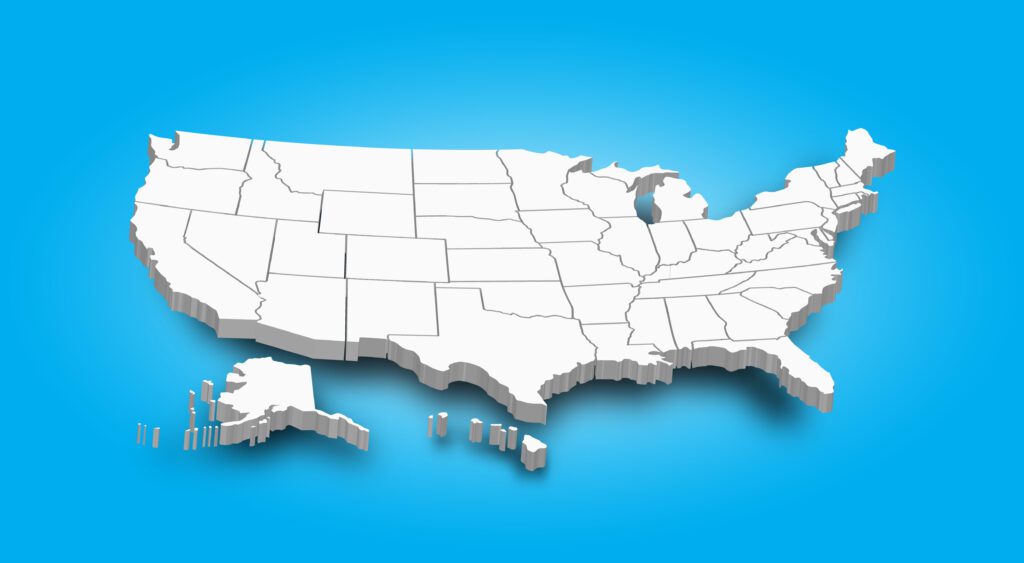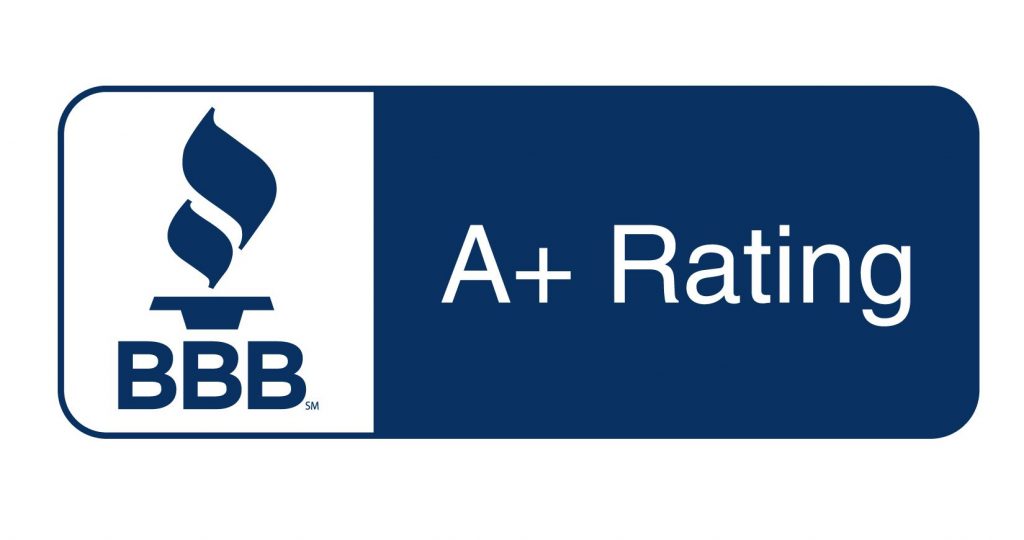You can count on Original Medicare to be consistent in every state. That means coverage and costs are the same throughout the country for Medicare Part A and Part B, unless you have a Medicare Advantage plan. These plans can vary in their pricing and their additional coverage options. Medicare Part D plans will have a similar basic level of coverage, but will have different covered drugs and pricing. Financial assistance programs will vary between states.
Original Medicare
Medicare Part A and Part B, which together make up Original Medicare, are consistent from state to state. You can expect to pay the same premiums as someone across the country, provided they make the same income and worked the same length of time while paying taxes to Medicare. Original Medicare has standardized premiums and covers the same items, tests and services nationwide.
Medicare Advantage
Medicare Part C plans vary within the same state, and certainly across states. When you want to sign up for a Medicare Advantage plan, you are limited to the plans available in your area. Those plans may differ greatly in their provider networks, cost sharing and premium rates. Medicare Advantage plans are able to offer you additional coverage such as dental, vision, hearing or prescription coverage, for an additional premium.
Fortunately, the basic Medicare Advantage plan offers the same benefits and coverage as Original Medicare no matter which state you live in.
Medicare Part D
Medicare Part D prescription drug plans have a few regulations which make the plans available similar to each other. Medicare sets a national base premium each year for Part D plans. Every Part D plan is also required to cover at least two prescription drugs in each of the most commonly prescribed categories: anticancer, anticonvulsant, antidepressant, antipsychotic, antiretroviral, and immunosuppressant.
Beyond these similarities, Medicare Part D plans are free to choose which prescription drugs they want to cover. You can find out which drugs will be covered by a plan by viewing its formulary, or list of covered prescriptions. Costs will also vary between tiers and different plans may not necessarily sort a specific prescription into the same tier. The tier system generally sorts generic, preferred drugs into Tier 1, which requires the lowest copayment at the pharmacy. Brand-name, non-preferred and specialty prescription drugs will be in higher tiers (up through five) and require larger copayments.
Medicare Savings Programs
When you are seeking financial assistance to afford your Medicare coverage, you may look to Medicare Savings Programs. These include the Qualified Medicare Beneficiary, Specified Low-Income Medicare Beneficiary, Qualifying Individual, and Qualified Disabled and Working Individuals Programs. Your state may not offer every program. Income limits to qualify for these programs are slightly higher in Alaska and Hawaii.
Want to learn more about what you can expect from Medicare in your state? Look to the advisors at Carolina Senior Benefits.





